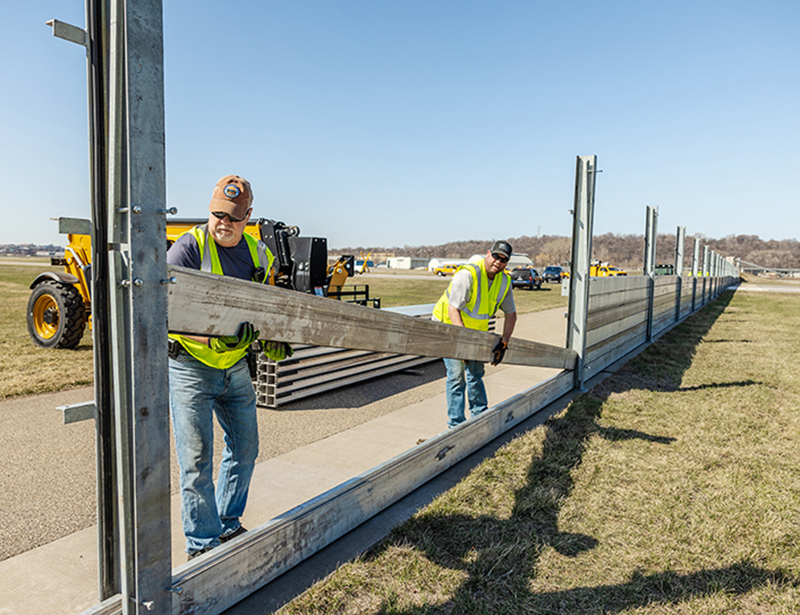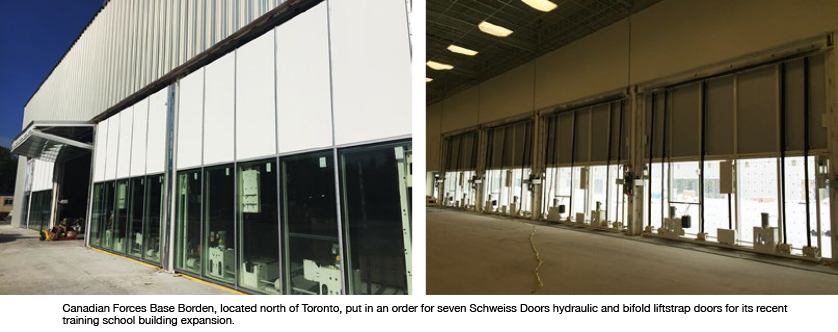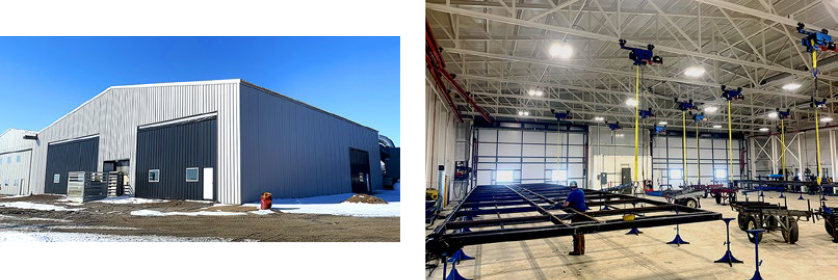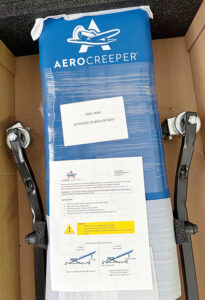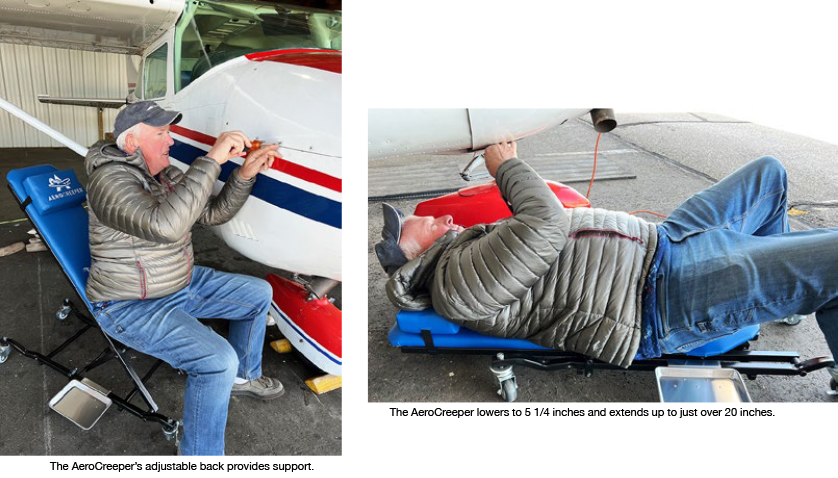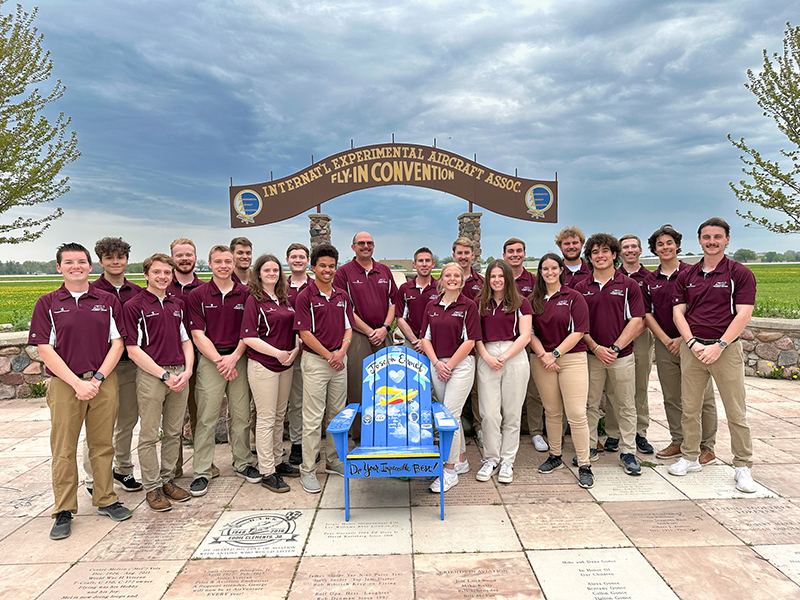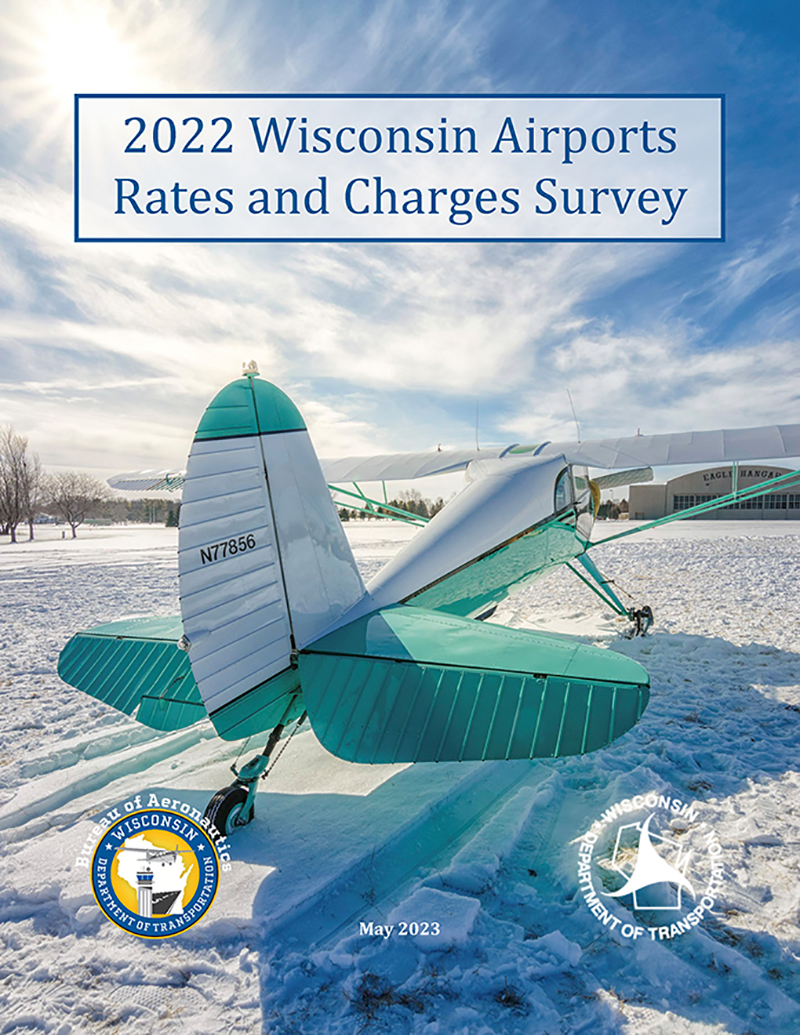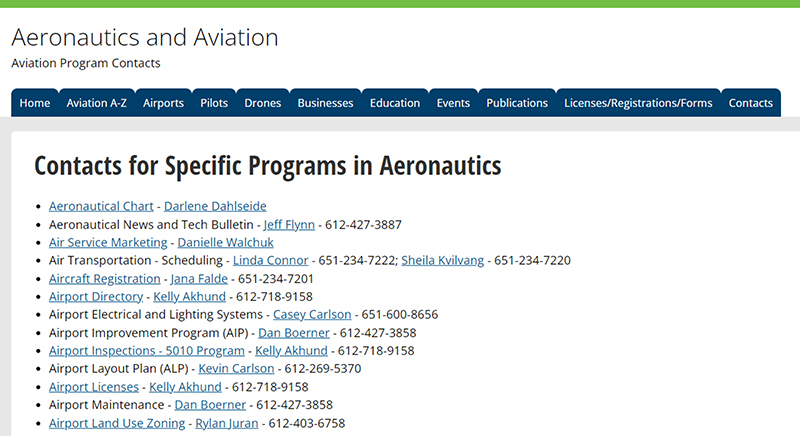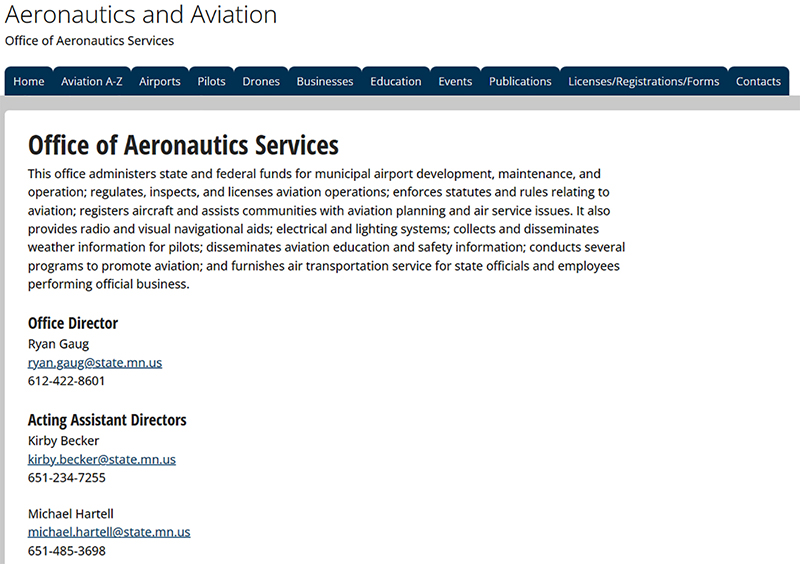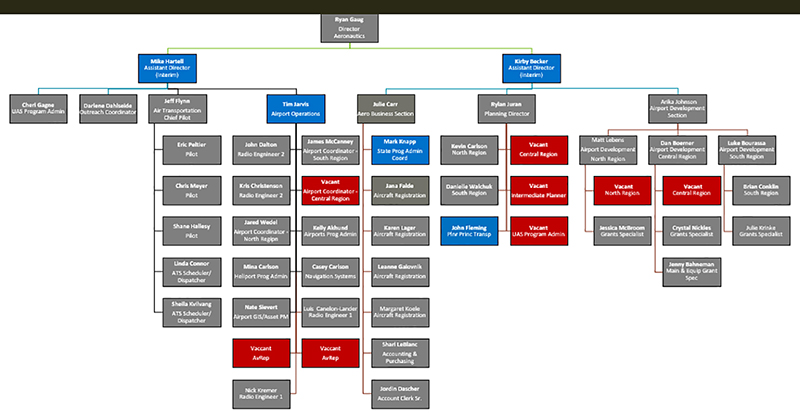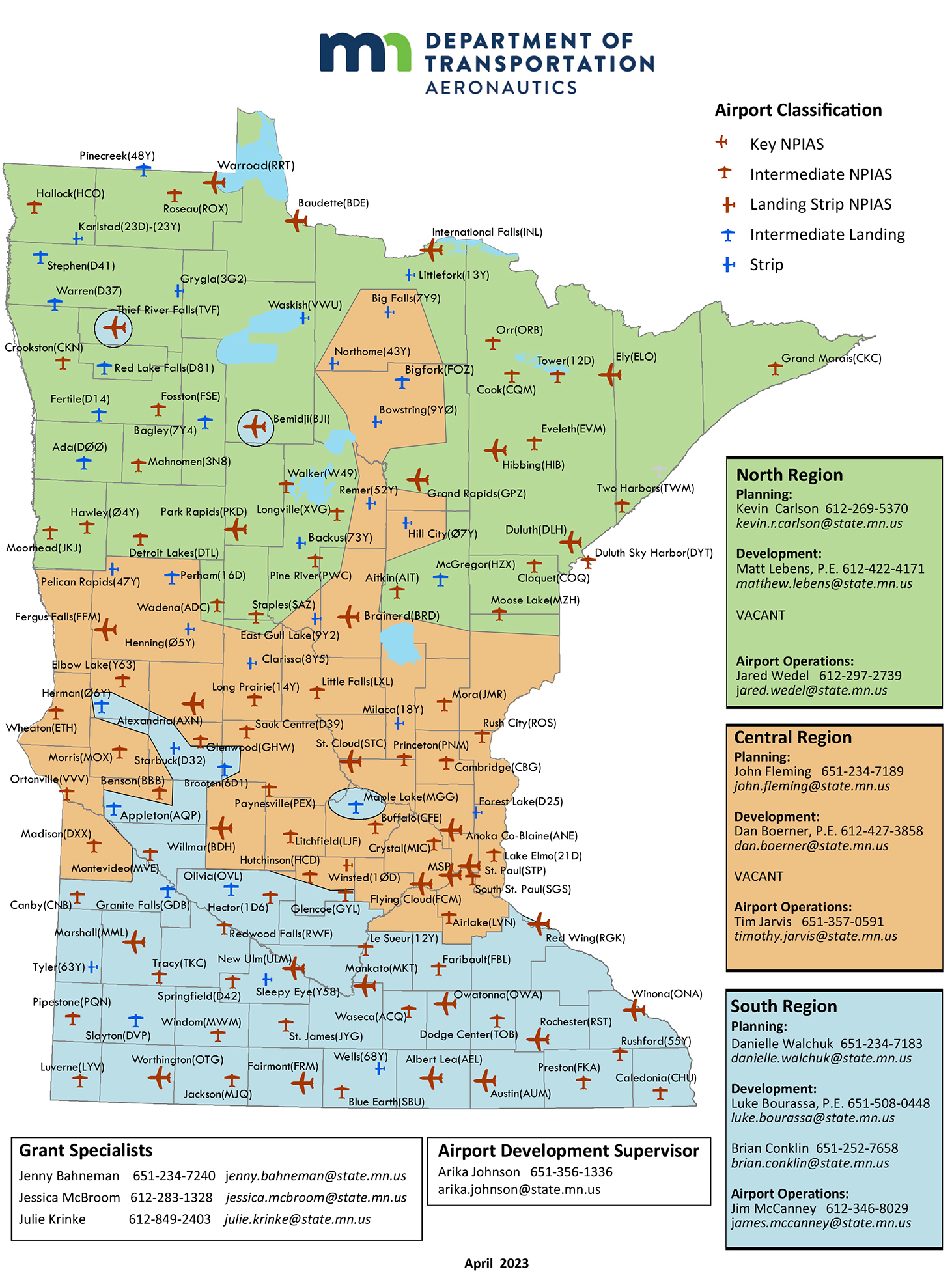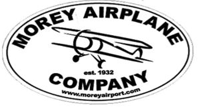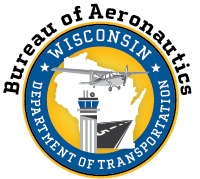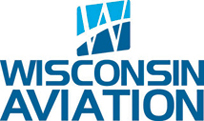by Dean Zakos
(An Excerpt from Laughing with the Wind)
Published in Midwest Flyer Magazine August/September 2023 Digital Issue
“Deference is the most complicate, the most indirect, and the most elegant of all compliments.” – William Shenstone
It is natural to respect and, when appropriate, defer to more senior pilots. But you should never simply stop thinking like a pilot. Always make and act on your own judgment regarding flying risks.
I flew out of Racine’s Batten Field (KRAC) for many years. One of the highlights of the week for me was the Saturday morning fly-outs for breakfast. Back in the day, we could have as many as six or seven aircraft filled with pilots and passengers. We met at the FBO at 8:00 am to laugh, talk, and good-naturedly discuss our intended destination. There was always an amicable agreement. The group usually was wheels-up by 8:30 am.
If you are a reader of my articles, you know when I was a new pilot how much I appreciated the time I could spend flying with more experienced pilots. I still highly recommend that new GA pilots spend some time flying with more seasoned, senior pilots. The time spent with them – in either the right or the left seat – is invaluable.
One such senior pilot at KRAC at that time was someone I’ll call “Ron.” Ron was a retired fire fighter. While still working, he earned many pilot ratings (instrument, commercial, multi-engine, CFI). When not working his day job, Ron ran a part-time commercial air charter business flying a twin-engine aircraft and had a banner towing business using a Super Cub.
Not surprisingly when he retired from his fire fighter job, he was a well-experienced pilot. By the time I came to know him, he had sold his commercial flying business. He was well-liked and well-regarded on the airport.
This particular Saturday morning in late Spring or early Summer, Ron asked me if I would like to fly with him in his airplane. I jumped at the chance. Not only was Ron a good pilot and CFI, but he now owned and flew a Piper Warrior II, the same make and model of aircraft that I flew. At that point, I figured I was just along for the ride. I thought I may learn a few things – and I certainly did.
It was a beautiful VFR day. The early morning’s azure sky was only occasionally spattered by a few fair-weather cumulus clouds. Our group’s breakfast destination was Watertown (KRYV). Each aircraft in our group navigated separately. As I recall, the flight over was uneventful.
There was a Perkins restaurant in Watertown. It was only a short walk from Wisconsin Aviation’s FBO. It was a favorite spot for our group. Since it was not a long flight over from Racine, everyone arrived within a few minutes of each other. Once the group assembled, we walked over to the restaurant.
Breakfast was predictable – always good. The group often lingered over a second, third, or fourth cup of coffee. After a great deal of interesting hangar flying and solving of the world’s most perplexing problems, it was time to return to KRAC.
Ron settled into the left seat of his Warrior and I into the right. After the run-up and pre-flight checks, we were on our way. Nothing unusual about the first half of the return trip. What happened next was, in retrospect, very unusual.
We were in straight and level flight at about 2500 feet MSL. I was enjoying myself, probably mindlessly looking out the window, when Ron pointed to the Loran unit in the panel and observed he did not think it was working correctly. He had keyed in KRAC prior to take-off, but it had stopped providing course guidance and data.
I was not sure why it really mattered if the Loran worked on this flight or not. Ron had made this trip countless times. Because of his experience, he often knew, prior to take-off, what the course heading to his intended destination was without the need to look anything up. And, even if we had no precise course heading, flying southeast toward Racine, we could easily find the airport when we sighted the Lake Michigan shoreline.
While I contemplated all of this, Ron said, “Here. Take the controls for a minute.” As I responded I had the controls, Ron unbuckled his safety belt and shoulder harness and sat up in his seat, turning and contorting himself at odd angles to reach around toward the back. “I have an identical Loran back here that I know works. I’m going to swap them out.”
A moment later, after rummaging about in the backseat area, Ron produced another Loran. Searching a seat pocket, he also located a hex key wrench. I thought this all to be a bit unusual, but Ron had many more hours and significantly more experience than me and I surmised he surely must know what he is doing.
In most Piper PA 28s, there is a left and a right stack available for avionics in the panel. The right stack sits in front of and on top of the right-side yoke where I was positioned. The Loran was the bottom unit in the right stack.
Using the hex key wrench, Ron quickly released the locking mechanism for the Loran and started to back it out of the tray. Ron’s actions now had my attention, but I continued to try to divide my time between flying the aircraft and following Ron’s movements. As it turned out, the Loran was a very, very long unit. As Ron continued to slowly slide the Loran back toward my yoke, I could see the clearance with the yoke was going to be tight.
Ron recognized the problem. “You’ll have to pull back on your yoke some more, so the Loran can clear the tray,” he said. I thought a small, additional pull backward on my yoke would likely be enough to free the unit. I started to pull back as Ron continued to work the unit out of the stack.
Pulling back further on the yoke did not free the unit. The ram’s horns of the yoke looked like they would interfere with sliding the Loran straight back. Ron advised me to “Turn the yoke to the left – I think I can then slide the Loran between the ram’s horns.” At this point I was not thinking critically, and certainly not using any pilot judgment.
Dutifully, I turned the yoke to the left. Ron worked the Loran further aft. “Pull back some more,” Ron said as he concentrated on the task. The unit was almost clear of the tray. As he slowly started to twist the Loran to maneuver it, one of the four rear corners now was barely visible. Another slight pull and twist on the unit. Suddenly, the Loran wedged snuggly between the tray and the ram’s horn of the yoke.
I looked out the front windshield. Where there had been ground, a horizon line, and sky, there was now only sky. Sky filled the plexiglass. Air speed was rapidly deteriorating. Here we were – nose pointed skyward and in about a twenty-degree left bank. We were going to stall the aircraft! I couldn’t push the nose down with the Loran stuck fast in the tray blocking the way.
My life did not flash before my eyes. But I did think about what the NTSB investigators and our friends were going to make of this soon-to-be-fatal accident. CAVU day. Two pilots, one very experienced. How did they stall a perfectly good aircraft and fail to recover before they slammed into the ground? I knew the answer; I just wasn’t sure if they were going to be able to figure it out when they sifted through the pancaked wreckage.
With the electric blare of the stall warning horn filling our ears and the stall breaking, Ron acted. His left fist slammed down on the recalcitrant corner of the twisted Loran, squaring it up immediately. Simultaneously, with his right hand he shoved the unit back into the tray, restoring the space necessary to move the yoke forward. I don’t remember if Ron or I pushed on the yoke, added power, and leveled the wings, but the effect was immediate. Stall warning horn silenced. Flying speed regained. Straight and level flight once again.
I wasn’t sure of what I had just experienced. I think there are times in every pilot’s flying life when some risky event or near accident, which could have been a disaster, is averted. “Dodging a bullet” is an apt phrase that comes to mind. What if we couldn’t have freed the jammed Loran? I had just dodged a bullet on this flight.
I don’t think Ron and I had any conversation after that point the rest of the way to Racine. I guess both of us were contemplating what had transpired – I surely was. I do recall, a few miles out, that Ron broke the silence. “Well,” he said with certainty, and some embarrassment, “we aren’t going to try that again.”
I didn’t know it at the time, and I was probably unfamiliar with the concepts of Crew Resource Management (CRM), but this flight was my first exposure to some of the CRM principles. This article is not intended to cover CRM in detail, but here is what the experts say about CRM and deferring to a more senior pilot:
First. Never Stop Thinking Like a Pilot. Even when you are not PIC, if you are a pilot – you are never just a passenger. Your training, your experience, and your critical thinking still matter, regardless of seniority, rank, ratings, hours flown, and what seat you are sitting in. Exercise your own independent judgment.
Second. Recognize the problem. When a more senior, experienced pilot fails to see or neglects to contemplate possible risks with an intended action, you may still have an opportunity to avert the problem or mitigate the risk. I did not know exactly what issues could arise with changing out avionics while in flight but, even with little flying experience at the time, I intuitively felt uncomfortable with what was proposed.
Third. Get the Attention of the PIC and State your Concern. In order for a satisfactory resolution to occur, you need to immediately speak up. Make sure the PIC is listening to you. Plainly and clearly state your concern and what you believe to be the problem or risk.
Fourth. Advocate a Course of Action. Once the problem or risk is identified, do not generally state your objection or provide ambiguous advice, such as “I don’t know about this,” or “I don’t think this is a good idea.” Instead, firmly state what the intended course of action should be and why. Ideally, you and the PIC should come to a mutual understanding of the correct course of action. It is not about seniority, respect, or “who” is right, but about “what” is right in the circumstances you are faced with.
I did have a few more occasions to fly with Ron. Despite the misadventure with the Loran, he was a very experienced and capable pilot. And, I did continue to learn from him.
© Dean Zakos 2023 All Rights Reserved.
EDITOR’S NOTE: Dean Zakos (Private Pilot ASEL, Instrument) of Madison, Wisconsin, is the author of “Laughing with the Wind, Practical Advice and Personal Stories from a General Aviation Pilot.” Mr. Zakos has also written numerous short stories and flying articles for Midwest Flyer Magazine and other aviation publications.
DISCLAIMER: Mr. Zakos’ articles involve creative writing, and therefore the information presented may be fictional in nature, and should not be used for flight, or misconstrued as instructional material. Readers are urged to always consult with their personal flight instructor and others about anything discussed herein.








